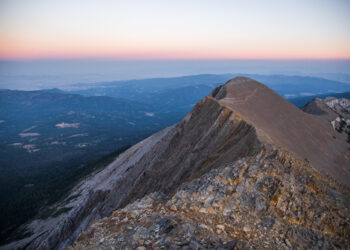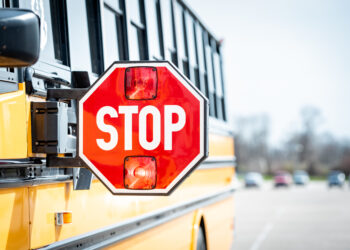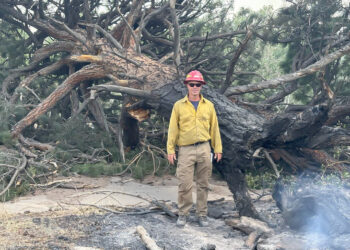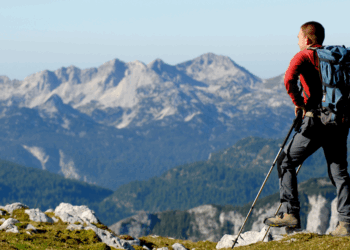By Rachel Hergett EBS COLUMNIST
I have little doubt that you’ve heard that “we eat with our eyes first.” Studies abound that reveal the various ways what we see influences our perception of flavor. But what makes a food appear delicious?
This was on my mind when I reached out to an old high school friend, Brie Goldman—though she was Brie Passano when we were students at Bozeman High School, where we both spent an inordinate time in the photo lab.
Our conversation was wide-ranging, as a good catch-up should be, and gave me insights into all aspects of her life and career. I learn, for example, that her first push into photography came from a desire to impress a boy in high school, an act she recalls with fondness.
“He told me to take a photo class and because I was really crushing on him, I was like, ‘okay, sure,’” she said.
After high school, Brie studied photography at Northwest College in Powell, Wyoming, then moved to New York City. Now, she’s a full-time photographer for media company Dotdash Meredith, based in Iowa. Her work appears in publications like AllRecipes Magazine, Midwest Living, Forks Over Knives and Better Homes and Gardens.
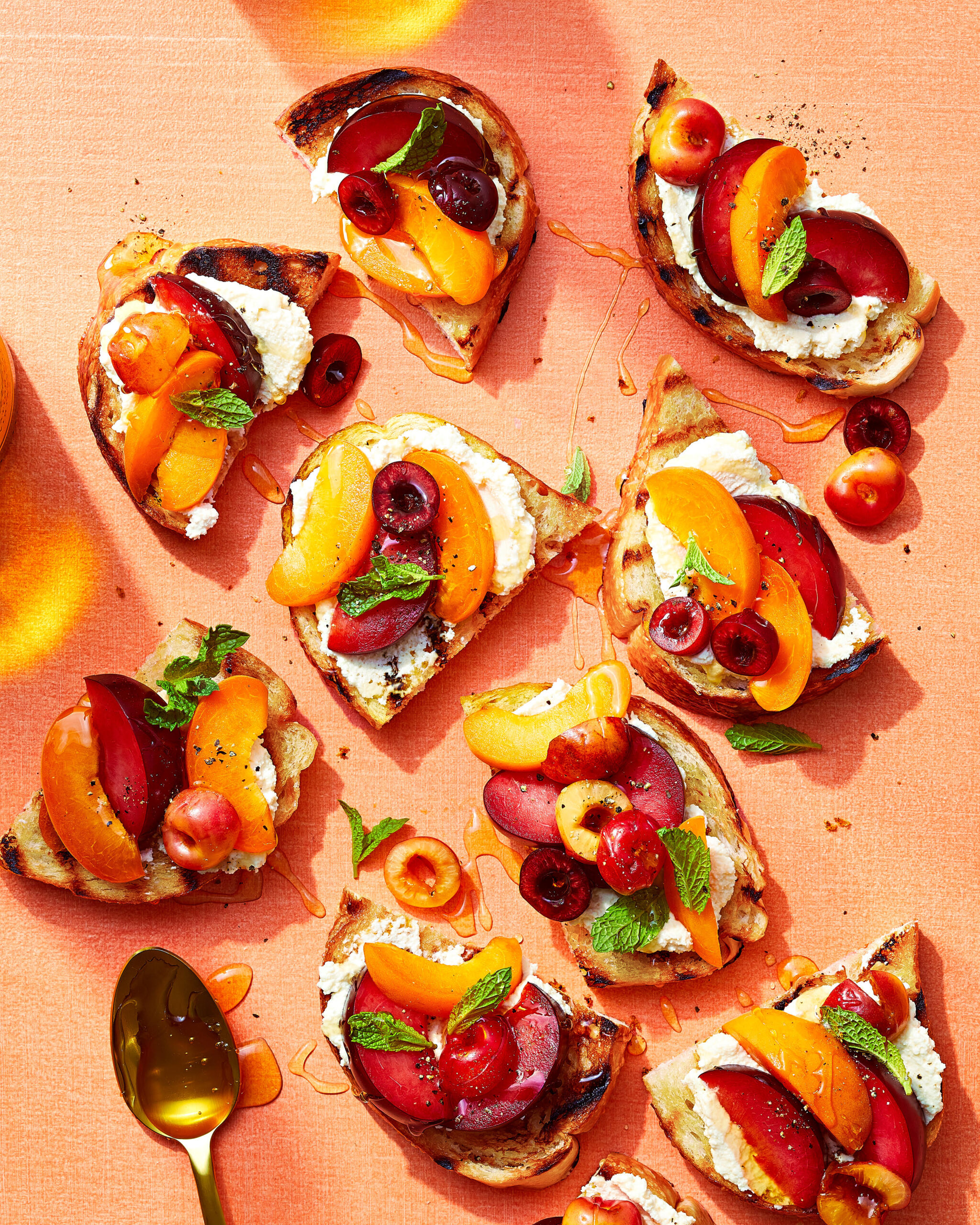
Brie’s specialty is food photography, but her day-to-day work sees a variety of subjects. It is used to illustrate magazine and online articles, and on packaging. The skills she has developed photographing food also serve to make products like drills and laundry baskets appealing.
A recent series of stark black and white portraits of her coworkers, with the subjects posed in a corner in homage to photographer Irving Penn, showcases her varied talents and her coworkers’ individuality.
Though the project was an enjoyable foray into portrait photography, Brie said it can be intimidating to explore human subjects through the lens of her camera. Imagine her on set, some glistening dish laid out on a table surrounded by lights. She’s circling the table, moving closer to and away from the food as she frames her shots, finding the angles and lighting that highlight its best qualities.
Now imagine you are that food and a photographer is buzzing around you. It can be unsettling to have someone encroach that much on your personal space. Portraiture of human subjects requires talking them through the process and making sure they are at ease to best capture them in a moment that feels authentic.
Food, Brie tells me, is also a living thing, but one that won’t shy away from a lens.
“It’s not really going to be uncomfortable,” she said.
Like she would a portrait, Brie is trying to capture a moment where the food looks most natural, most authentically itself. Through Brie’s lens, dish after dish becomes mouthwatering, hunger-pain inducing and entirely craveable.
“I really, really love food. I’ve always really loved food,” Brie said, and I laugh thinking about how her name is also a food.
Food photography leans into the aspects our brains already tell us are yummy. Drips and drizzles tie movement and immediacy to a static image.
“For pancakes you want the maple syrup to be running and sort of drippy, or you want like good melty cheese and have it be glistening and ooey gooey,” Brie said.
In the photo of a caprese burger that Brie shared to illustrate this column, a glistening patty cues our brains to recall burgers we’ve eaten in the past. We are assured that if we bite into the patty it is going to be juicy.
Honey takes this role in the photo of the stone fruit crostini, a drizzle covering the plate wakes our tongues in anticipation of the sweet and sticky ooze.
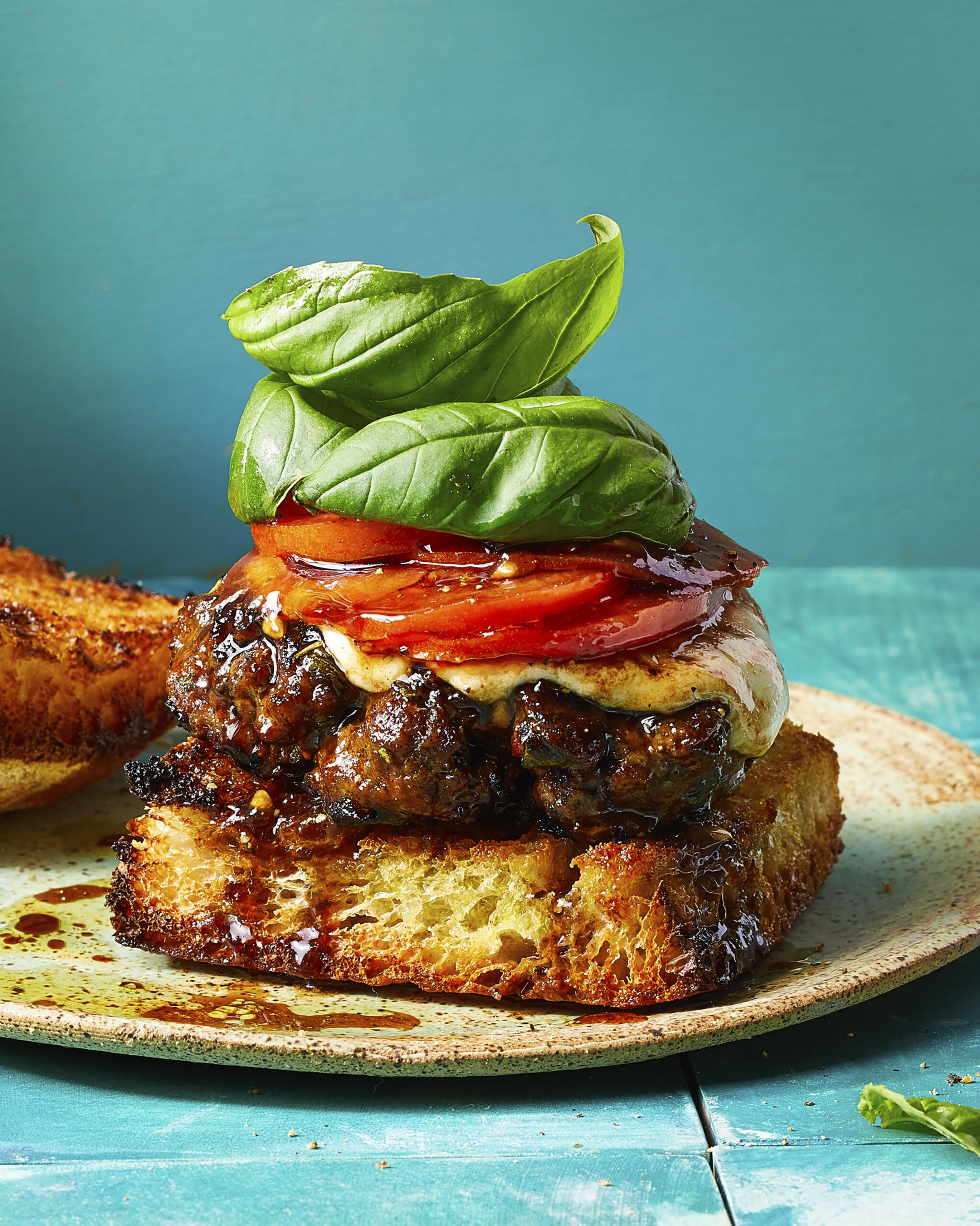
“Some of the pretty actually comes from the messy of it,” Brie said, and it makes perfect sense. Our eyes see clues in the butter melting on top of mashed potatoes or the yolk dripping from the perfectly poached egg.
There are many more examples on her website, briephotography.com. Condensation clouds the walls of a clear glass as steam swirls from the hot toddy within, a beam of light highlighting a nearby orange peel and cinnamon stick. Mushrooms glisten in the gravy of a rustic pot pie between puff pastry pieces with golden brown edges that provide color variation and seem to highlight their crispness.
There is a line though, when it comes to the visual cues in food. Too much of a good thing is not always a good thing.
“If it’s a little too melty or a little too gooey, a little too greasy, it’s a turn off,” Brie said.
While food photography sounds like an ideal profession, the food can lose its draws. After performing repeated “surgeries,” like moving berries on pie slices, rearranging crumbs trailing from a cookie or reheating the cheese “a million times,” the appeal dissipates to the point Brie barely wants to look at it anymore, let alone eat it—though leftovers are fair game to those on set.
“But it’s interesting because sometimes it’ll make you crave certain things that you were not craving or in the mood for,” Brie said.
I’m convinced Brie can make everything look delicious, which is no easy task. A lot of food that we love to eat, like the classic midwestern tuna casserole, is not visually appealing. Much of it is shades of brown. That’s where tricks come in—with props, plays on texture with how ingredients are cut and prepped and garnishes playing key roles.
“Thank God for parsley,” Brie said. “It makes it look so much better. I need that green.”
Rachel Hergett is a foodie and cook from Montana. She is arts editor emeritus at the Bozeman Daily Chronicle and has written for publications such as Food Network Magazine and Montana Quarterly. Rachel is also the host of the Magic Monday Show on KGLT-FM and teaches at Montana State University.





